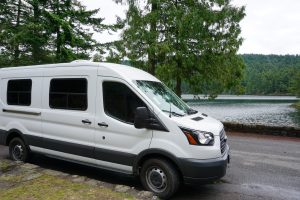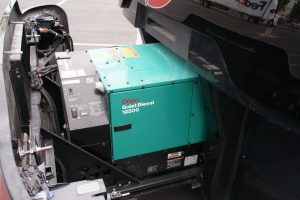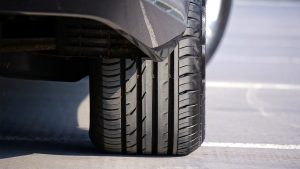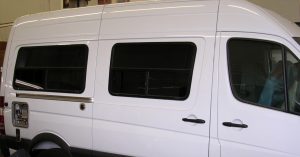 A lot can happen to your RV. Compared to ordinary houses, recreational vehicles are more susceptible to a lot of damages caused by motion, environment and weather changes, and other odd things that might happen while you’re out there in the wild.
A lot can happen to your RV. Compared to ordinary houses, recreational vehicles are more susceptible to a lot of damages caused by motion, environment and weather changes, and other odd things that might happen while you’re out there in the wild.
With surging prices for repairs, it’s better to keep your RV in perfect condition before major damages happen. An RV maintenance checklist will ensure you that your RV is in its tip top shape all year. Just follow this no-fail checklist.
1. Keep your roof covered
Your roof is that one part that is directly exposed to the sun. Especially during hot seasons, keep your RV’s roof covered to avoid any damage from developing.
There are many ways to keep your RV’s roof from getting damaged. You can try installing a steel RV carport, which can be customized according to your vehicle. You can also just get the traditional RV cover which you can take with you everywhere you go.
However, if you’re using your RV on full time, you should clean your roof once a month. Once a year, you should also wax the whole exterior of your RV to keep it looking new, as well as to protect its exteriors better.
 2. Constantly run your generator
2. Constantly run your generator
If you won’t be using your RV for a long time, keep in mind that gasoline should only last for a month. You should be burning those fuel out by running your generator for at least two hours even while it’s on standby.
By doing this, you’ll use up to 50 percent of your load which is recommended to keep it primed and ready once you decide to use it again.
Don’t just shrug this off because failure to do this will cause your carburetor to develop gum and varnish due to gasoline oxidation. Once developed, these will clog your carburetor and will cause you to shell some dollars just to have it cleaned. In RV maintenance, prevention is so much better than cure.
3. Run a monthly check on your seals
Windows, doors and roof seals must be checked regularly or at least once a month especially when you’re always out in your RV.
Roofs must be resealed with high-quality sealants to avoid water and condensation from ruining your interiors. As such, window seals must also be properly checked and well-installed to keep unwelcomed rainwater, humid and cold air from entering your RV.
Damaged window seals must be repaired at once. You can check out our quality windows and seals that can last you for years at Peninsula Glass.
 4. Check the tires
4. Check the tires
Regularly inspect your tire pressure. While doing this, keep an eye out for unusual wear like cracks, bulges or tread wear. If you see any of those, inspect the alignment, balance and bearing. If you live in your RV and use it everyday, it’s recommended to do this check-up once a week.
Tire pressure must always be checked and monitored. Proper inflation of tires must be kept to avoid overheating or a blowout. Seek help from your tire manufacturers to know the right tire pressure for your RV.
5. Examine your propane
Maintaining your RV debunks the ‘out of sight, out of mind’ philosophy. It’s what’s hidden that should be checked and maintained regularly. Your propane is one of those.
Annually, schedule an inspection to know the condition of your propane. Inspect its connection integrity, dings, rust or paint damage. Hire a seasoned propane expert to check out your tank and perform test leaks. This must be done once a year, or every 5,000 miles of usage.
6. Top off your batteries
Use only distilled water to top off the water level of your batteries. Tap water won’t be advisable as it contains minerals that weaken battery performance. It may also increase self-discharging possibilities of your battery.
Replenish your batteries as soon as water level drops below the tops of the plates. If it reaches this level, it might cause damages beyond repair– you may have to replace them with new ones.
7. Deep clean once a year
Like any other house, include a deep clean in your annual rv maintenance checklist. Condensation and moisture inside can cause a lot of unforeseen damages to your interiors.
Once a year, deep clean your RV from roof to the floor and even through the small crevices. Ask your manufacturer’s recommendations on their preferred cleaning agents that you can use.
 8. Check out for glass damages
8. Check out for glass damages
Glass damages on windows and doors must be inspected from time to time. A small crack might turn into a bigger problem if not addressed at once.
For roving vehicles, proper glass installation is not only recommended, but a must for your safety. Ensure that you’ll only be using quality glass materials for your RV by looking for the best manufacturers in the field. Check out this post on How Much Does RV Window Replacement Cost?.
We at Peninsula Glass are experts in providing quality glass rv windows and installation materials for RVs and other moving vehicles both on land and sea. Check us out or contact our experts to know more.


 4. Check the tires
4. Check the tires 8. Check out for glass damages
8. Check out for glass damages